This former shipyard was the first home of the The Boeing Company, founded in 1916. Affectionately called the Red Barn, this structure was built in 1909, and became the historic birthplace of Boeing aircraft production. Starting with the Boeing Model C, all early Boeing production took place in this building. Here, the entrepreneurial spirit of William E.
USA
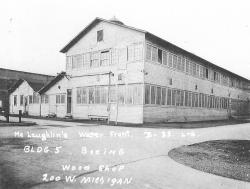
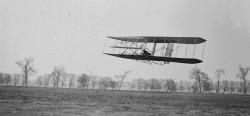
On this 84-acre meadow in 1904 and 1905, the Wright Brothers successfully mastered the mechanics of controlled, powered, heavier-than-air flight. The brothers also built the world’s first airport here, and in 1910 the Wright Company School of Aviation established a flying school on the site and trained many of the world’s first pilots, including some of the first military pilots, such as Thomas DeWitt Milling.
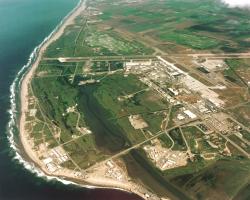
Established in 1946 to provide a comprehensive test and evaluation site for tactical missiles, Point Mugu has been instrumental in the development, test, evaluation and in-service support of systems including Regulus, Sparrow, Phoenix, Bullpup, Harpoon, SLAM, Tomahawk, Standard, and Rolling Airframe Missile. The first missile launch from an operational submarine was also accomplished at Pt. Mugu.
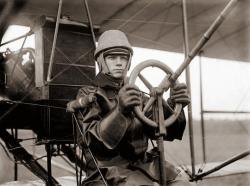
College Park Airport was founded in 1909 when the Wright Brothers came here to train the first military officers to fly in the givernment's first airplane. The airport is the oldest continuously operated airport in the world, and has come to be known as "The Field of Firsts" due to it being the location of a great number of groundbreaking achievements, such as:
1909: First woman passenger to fly in the United States

Igor I. Sikorsky, engineering manager of the Vought – Sikorsky Division of the former United Aircraft Corporation, used the Stratford, Conn., sites to design, build, and test his innovative helicopter designs. Sikorsky’s VS-300 model helicopter was the world’s first design which used the now industry-standard single main rotor with an auxiliary anti-torque tail rotor.
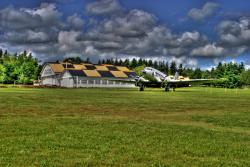
Pearson Field, named for U.S. Army Lt. Alexander Pearson Jr., a prominent early aviator who died in an airplane crash in 1925, is the oldest continuously operating airfield in the Pacific Northwest, and one of the oldest in the United States. In 1905, the field, then known as the Fort Vancouver Polo Grounds, was the landing site for a dirigible launched from the Lewis and Clark Centennial Exhibition in Portland, Ore. This marked the first crossing of the Columbia River by air, and the first time an airship was used to deliver a letter.

Bell Aircraft, founded in 1935 by Lawrence Dale “Larry” Bell, based its primary manufacturing facility in Wheatfield, New York, where several important aircraft were designed and produced. During the World War II era, the plant produced the P-39 Airacobra and the P-63 Kingcobra fighters. The P-39 was used to great effect by the Soviet Air Force, with the highest number of individual kills recorded by any U.S.-produced fighter aircraft during the war. The plant also designed and manufactured the P-59A Airacomet, the first U.S.
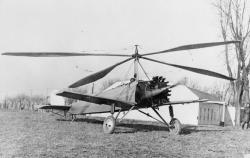
On December 18, 1928, Arthur Rawson, a factory pilot for the Cierva Autogiro Company, and then Harold F. Pitcairn, flew a Cierva C.8W Autogiro from Building #3 at Pitcairn Field #2. The flights marked the first time a rotary-wing aircraft was successfully flown in the U.S.
On 19 August, the AIAA Historic Aerospace Sites Committee dedicated Kitty Hawk, NC, as a historic aerospace site, following a decades-long negotiation with the U.S Park Service. A historic marker was unveiled at a 0930 hrs ceremony as part of the First Flight Society’s National Aviation Day at Kitty Hawk. At this site on 17 December 1903, Orville and Wilbur Wright achieved the first sustained, controlled heavier-than-air flight of an aircraft, opening a new era of transportation throughout the world.
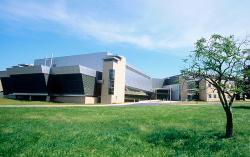
The federal government’s first physical science research laboratory was chartered by Congress on March 3, 1901, as the National Bureau of Standards, which became the National Institute of Standards and Technology in 1988. Recognizing the critical importance of chemical measures and standards, NIST established the Chemistry Division as one of its first programs.
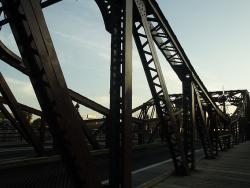
In 1899, engineers from the City of Chicago's Division of Bridges and Viaducts performed a survey of moveable bridge design in the U.S. and Europe. Their study led to the conclusion that the unusual trunnion bascule design would best meet their needs.
The Cortland Street…


Inferior water and the lack of a sufficient water supply prompted public pressure to find a significant water source for the 360,000 of people living in New York City at the time. Studies determined that the Croton River, 40 miles north of the city, was the best available source. The original…
Read More
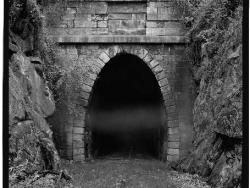
One of four single-track tunnels built by the Blue Ridge Railroad, the 4,273-foot Crozet Tunnel was constructed at a time when hand drills, pickaxes, and black powder amounted to state-of-the-art tunneling technology. At the time of its completion, it was the longest railroad tunnel in…

Winding over 64 miles through the majestic San Juan mountains, the narrow-gauge railway known today as the Cumbres and Toltec Scenic Railroad was built as a branch of the extensive Denver and Rio Grande Western Railroad that ran through western Colorado and most of Utah. It originally…

The largest rolled-earth fill dam in the world at the time of its completion, Denison Dam eventually served as a prototype for dam construction in future U.S. Army Corps of Engineers projects throughout the arid plains of the American Southwest. Procedures and equipment developed during…

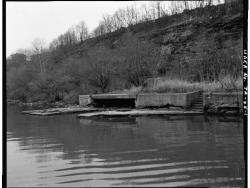
Before the Davis Island Lock & Dam were built, the flow of the Ohio River slowed to little more than a trickle during dry periods. For several months each year, the unreliable flow stranded Pittsburgh's steamboats, towboats, and barges.
The Davis Island Lock &…

The Delaware Aqueduct provided an important transportation link between the Pennsylvania's coalmines and New York's booming industrial marketplace. It is the earliest surviving work of John A. Roebling, who designed the Brooklyn Bridge 30 years later. The cable anchorage system first…
Delta Air Lines’ historic buildings consist of two aircraft hangers and several office buildings at the Delta World Headquarters site constructed between 1941 and 1947. On March 1, 1941, Delta Air Lines moved its corporate headquarters to Atlanta, constructing offices space and Hangar 1, the…
Read More
The concept of heating a number of buildings in the core area of a city from a single heating plant was introduced into the United States by Birdsill Holly at Lockport, New York, in 1877. The gain in thermal efficiency of a single large steam plant over a series of small isolated boilers led to…
Read More
The Detroit-Windsor Tunnel is a 5,160-foot structure that carries traffic under the Detroit River between Detroit, Michigan and Ontario, Canada. Privately financed, built, and owned, it was completed in 26 months, 10 months ahead of schedule.
The project's engineer, the firm of…


The Dismal Swamp Canal was created as a 22-mile waterway, extending from Deep Creek, Virginia to South Mills, North Carolina. The canal enabled North Carolina producers of building and agricultural products to deliver goods to the Port of Norfolk where they were transferred to ocean-going…
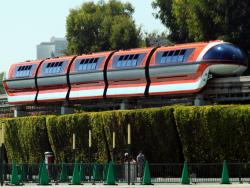

The Dorton Arena was the first use of a cable-supported roof system in the world. Commissioned in 1949 by North Carolina State Fair manager J.S. Dorton, the new building was intended to be a livestock judging pavilion. Architect Matthew Nowicki (1910 - 1950) proposed a structure that…
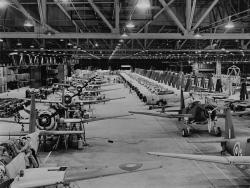
Established in 1929, and owned by several different aviation companies through its history, the Downey site was the design, test, and production site for various airplanes and spacecraft that defined American aerospace accomplishments in the 20th century. Its rich legacy includes the P-51…
Read More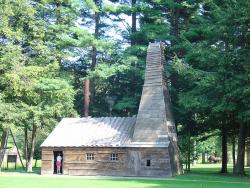
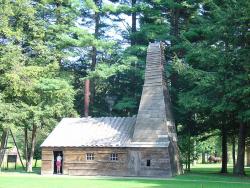
The drilling of this oil well marks the modern phase of the petroleum industry. A series of revolutionary technological changes, unforeseen even by the most prophetic, followed. Drake demonstrated practical oil recovery by applying salt-well drilling techniques, including the use of the derrick…
Read More

